- S.D. Eibar ready for maiden La Liga outing
- SD Eibar stengthen ahead of debut La Liga season
- Can ‘Super Mario’ live up to expectations in Madrid?
- MAN IN THE GROUND – Brentford 0 – 4 Osasuna
- Historic Basque derby welcomes S.D. Eibar to La Liga
- Munich to Madrid, via Brazil – Tony Kroos
- Rakitic in Spanish Switch
- Can Spain find redemption in Rio?
- Viva Espana! A season of redemption for Spanish football
- From the old to the new: who can fill the void in years to come for La Roja?
Mourinho and Madrid fail to take full advantage of makeshift Barca backline: El Clasico Tactical Analysis
- Updated: 9 October, 2012
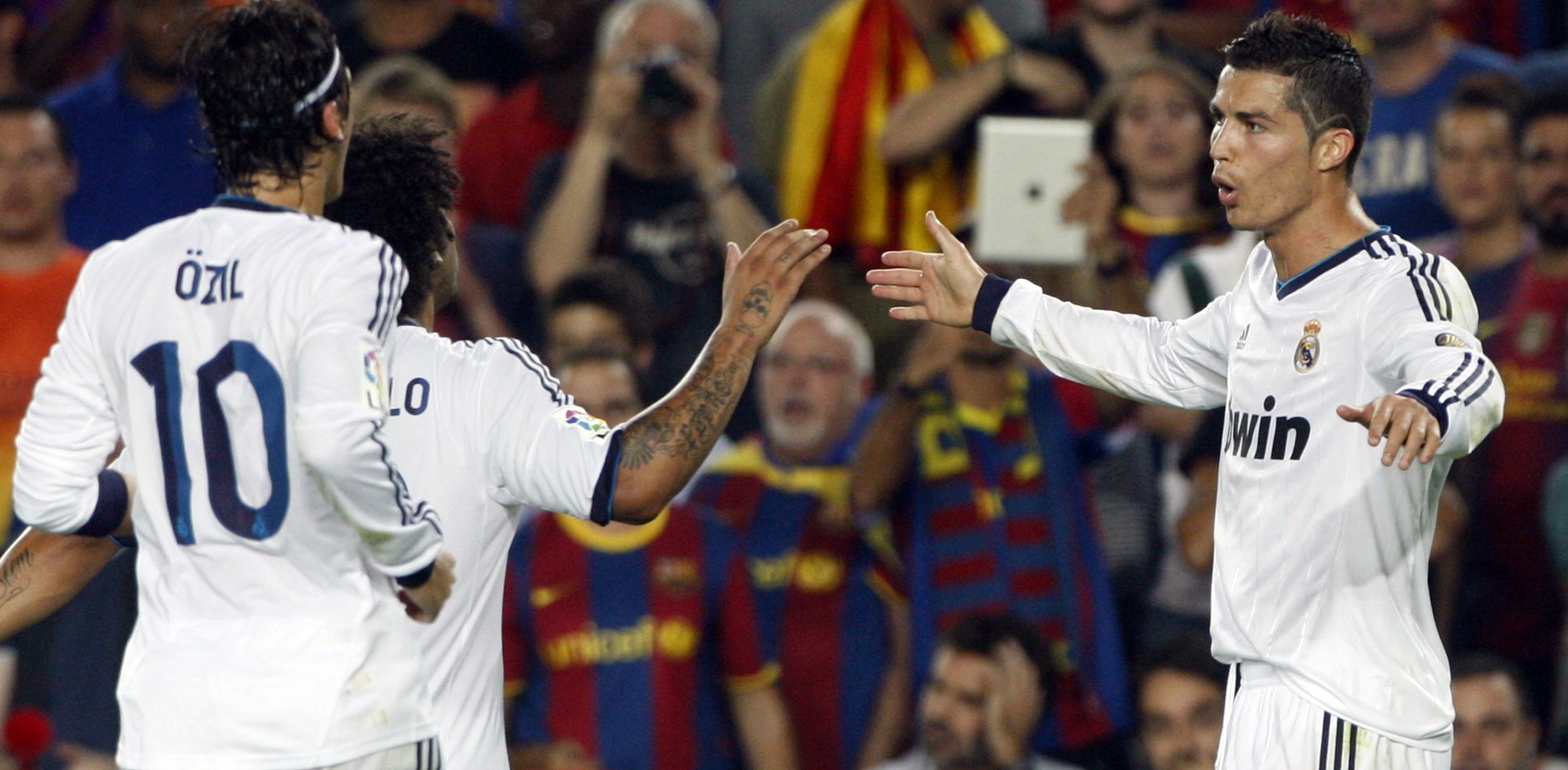
The third clasico of the season, but the first meeting in the league, ended all square at the Camp Nou, Messi 2 Ronaldo 2. Or at least that is what many in the media would have you believe. And while these two players are the clear stand out performers for both teams, there is much more than their individual performances to discuss.
The game lacked the same level of aggression and intensity that has been so prevalent in recent encounters between the two. There were also a couple of developments which broke from the norm. Barcelona committed more fouls than their counterparts (17vs16) and Madrid scored two goals from superbly constructed moves in comparison to Barcelona’s goals arriving via a defensive error and a sublime free kick.
Line Ups
Both managers made changes to their starting line ups following their away victories midweek in the Champions League. Vilanova, somewhat surprisingly, chose to replace the injured Puyol with Adriano. Further forward, Iniesta returned following injury with Sanchez dropping to the bench.
Despite the inclusion of three full backs in Alba, Adriano and Alves with only one centre back in Mascherano, Barcelona lined up with a back four. Adriano operating as a left sided makeshift centre back. Mourinho meanwhile, brought back Di Maria, Khedira and Ozil into the starting eleven with Essien, Callejon and Kaka all sitting on the bench. Madrid began with their now familiar 4-2-3-1 formation.
The inclusion of Iniesta at the expense of Sanchez provided Barcelona with increased depth and strength in the midfield area but removed their attacking threat on the wide left area. Iniesta tucked inside closer to central midfield.
Vilanova would have assumed that Iniesta could afford to do so rather than hold a left sided position as Arbeloa is not the most threatening of full backs. Arbeloa followed Iniesta inside opening up the left flank. This would then allow Alba to move freely on the left as Di Maria naturally drifts inward also. However, Khedira made a number of runs forward, pulling to the right and looking to expose the space behind Alba.
It’s been a common theme in clasico’s whereby Madrid seek to expose Barcelona on the counter and in behind the full backs.
For Madrid, the team operated more or less as anticipated when the line up was announced.
Ozil was able to drift laterally on either side behind Benzema whilst Ronaldo operated in the inside left channel looking to either cut inward or occasionally go on the outside of the full back. Marcelo sought to attack when possible, causing Dani Alves some problems early on with his attacking impetus.
The game, after the first 30 or so minutes settled down into the pattern which we have witnessed recently. Barcelona dominate possession whilst Real Madrid seek to counter attack. Barcelona made 637 successful passes from an attempted 724, a pass completion rate of 88%. With a more direct style, Madrid completed 237 passes from 322 attempted, a completion rate of 74%. The game threatened but never reached the heights of recent clashes in a collective sense but individually, Messi and Ronaldo demonstrated their standing as the best players in the world.
First Half
Real Madrid settled much quicker than their hosts creating a number of opportunities which are examined later, including the opening goal from Ronaldo.
Barcelona failed to find any rhythm as Madrid pressed intelligently. When attacking, Barcelona moved centrally too often leading to the play being congested. Real kept the space between their lines to a minimum and defended narrowly. With Iniesta tucking in from the left and Arbeloa following, the central area was often packed.
Madrid were defending well, preventing any space from developing. The only real outlet for Barcelona was via Pedro who offered genuine width on the right. The equalising goal arrived from a Pedro cross. With Madrid holding two narrow banks, Pedro had time and space to receive a pass and cross the ball before Marcelo closed him down. Pepe badly misjudged the bounce of the ball and Messi was able to score.
Second Half
Real Madrid continued to sit deep and allow Barcelona to attack, operating with Ronaldo and Ozil normally left up front on their own.
Both sides still appeared tentative. Khedira broke forward on the right again and support was available but the move fell away. On two separate occasions, Alba and Pedro provided crosses but no Barcelona players were in the penalty area to take advantage.
Barcelona took the lead from a near perfect free kick from Messi. Again,Messi received the ball centrally but was subsequently fouled by Alonso. The execution of the free kick was superb.
Prior to the goal, Barcelona were about to make a substitute, withdrawing Cesc for Sanchez. An attacking move, the substitution still went ahead despite Barcelona now leading. With Madrid trailing, the game would become stretched providing space for Sanchez to break into and to create by holding a wide left position.
There was little opportunity for Sanchez to have any impact before Madrid equalised. Madrid pressed effectively in midfield and the ball broke to Ozil who hit a wonderful pass through the Barcelona defence for Ronaldo to collect and sweep home.
No real clear cut chances emerged after this.
Too Conservative?
Were both teams too conservative in the game?
Barcelona have had defensive difficulties thus far this season and have yet to field the same defensive line up in two successive games. This is compounded by the present injury situation which required Adriano to deputise as a makeshift centre back. Vilanova seemingly deciding that neither Song or Bartra were suitable replacements. The inclusion of both Iniesta and Cesc ahead of Sanchez meant there was no real width on the left handside unless Alba moved forward. A key aspect of Messi moving deeper to perform a No10 role has been the need for inward runs from the wingers to a No9 position providing an attacking threat and occupying the opposition defenders. Without this, the opposition can push high and squeeze Barcelona. If the wingers don’t provide diagonal runs, the midfielders, principally Cesc, must break forward. This was not adequately addressed as midfielders breaking forward seldom occurred and there were no options on the left and Pedro remained wide right.
The graphic below highlights Barcelona ’s heat map from the game. There was little activity within the Real Madrid penalty area. There was not enough mobility from Barcelona in forward areas
Vilanova sacrificed attacking width for midfield security. Too often, there was nobody willing to run beyond the ball or Barcelona . Xavi, whilst excellent with his distribution, had few options for the killer pass and operated slightly deeper than normal. An indication of Barcelona’s desire to protect the defence.
Xavi Passes vs Real Madrid
From the Madrid perspective, why did Mourinho not force the issue more? Real Madrid created a number of early chances and should have led by at least two goals by the time that Messi struck. The goal seemed to energise Barcelona whilst Madrid retreated into a more defensive frame of mind. Should Madrid not have pressed Barcelona more, taking advantage of the uncertainty within their defence?
Did the conservative line up from Barcelona have a knock effect on Real Madrid?
The normal space which Real Madrid can exploit against Barcelona was not available. Barcelona sought and gained midfield security for the remainder of the team, committing fewer players in attack.The extent to which Madrid dropped off Barcelona can be seen by the graphic below which shows all of Real Madrid’s tackles in the game. All were attempted within their own half of the pitch.
The defence moved deep but held a solid line, close to the midfield preventing Barcelona from having the space in which passing movements could be constructed. Madrid were seldom forced into last ditch clearances or tackles around their penalty area.
Real Madrid Chances
Real created a number of clear cut chances in the early stages of the game. Whilst there were some elements of poor defensive play involved, Madrid crafted a number of openings through their intelligent play and movement of the players.
Benzema had an early chance in the 12th minute when a Ronaldo cross from the right arrived at the far post where the French internationalist arrived unmarked, but hit his shot wide. Dani Alves had been attracted towards the run of Marcelo.
Sergio Ramos should have scored in the 20th minute when he was allowed a free header at a corner kick. Interestingly, Barcelona were using a combination of man marking and zonal marking perhaps to compensate for their lack of height and the threat which Madrid carry at such set pieces.
Ronaldo’s first goal arrived following a well worked move from Madrid. The move was instigated by a diagonal from Xabi Alonso to Khedira high on the right wing. The ball was eventually recycled to Ronaldo who broke inward on the left. Alves, similar to his positioning against Sevilla when Trochowski scored, failed to close Ronaldo down and provide an attempted block.
Immediately following their goal, Madrid pressed Barcelona very aggressively sensing that the Blaugrana were struggling for composure and solidity at the back. Benzema hit the post in the 24th minute. Di Maria ran forward into the penalty area before passing to Benzema. No Barcelona player matched the run of Di Maria.
That Madrid failed to add to their opening goal would have been the only real issue for Mournho during those opening 30minutes. Madrid were organised and efficient with an incisive edge going forward.
Conclusions
Who will be the happier coach following the game? This was surely the time for Mourinho and Madrid to press Barcelona and take advantage of their poor defensive set up and patched up defence yet it never quite materialised following the initial good start to the game.
Madrid remain eight points behind Barcelona but perhaps crucially, they now, in theory, have the edge in the head to head record based upon the assumption that they win at the Santiago Bernabeu.
“They used to be here,” Mourinho said, gesturing with his hands. “And we were down here. Now, they’re still up here but so are we.”
For Vilanova, the record breaking seven opening game winning streak was missed but he must be pleased with how the team performed given the line up. Defensive anxieties returned once more and whilst Barcelona have been fortunate in games this season, the defensive situation needs addressed at the earliest opportunity.
At this early stage of the season, perhaps both coaches were content with a point. Titles are not won or lost in October.
Follow @icentrocampistaRelated Posts
One Comment
You must be logged in to post a comment Login


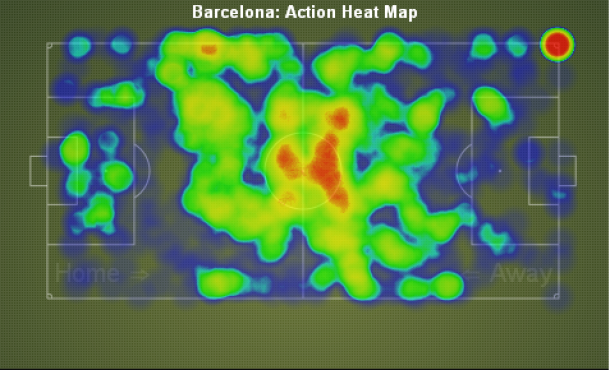
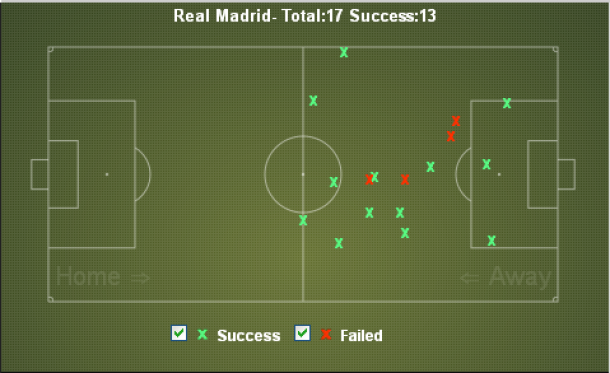
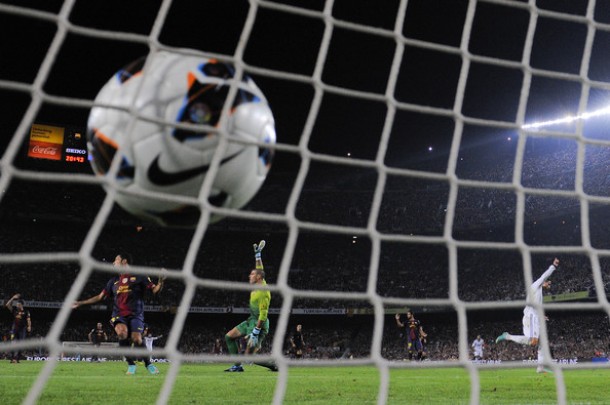
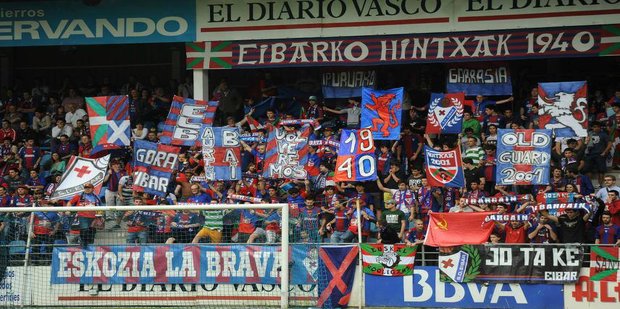

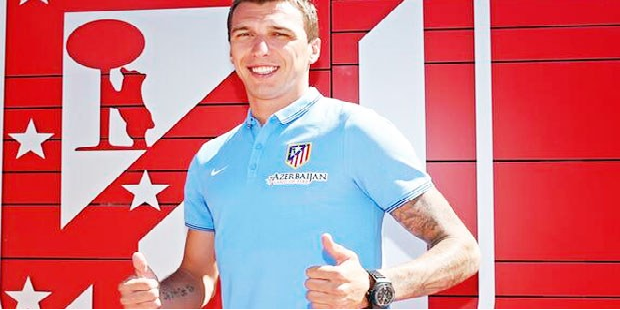

Pingback: Cristiano Ronaldo: Star Striker Must Receive Help for Real Madrid to Catch Barca – Bleacher Report | Living in madrid